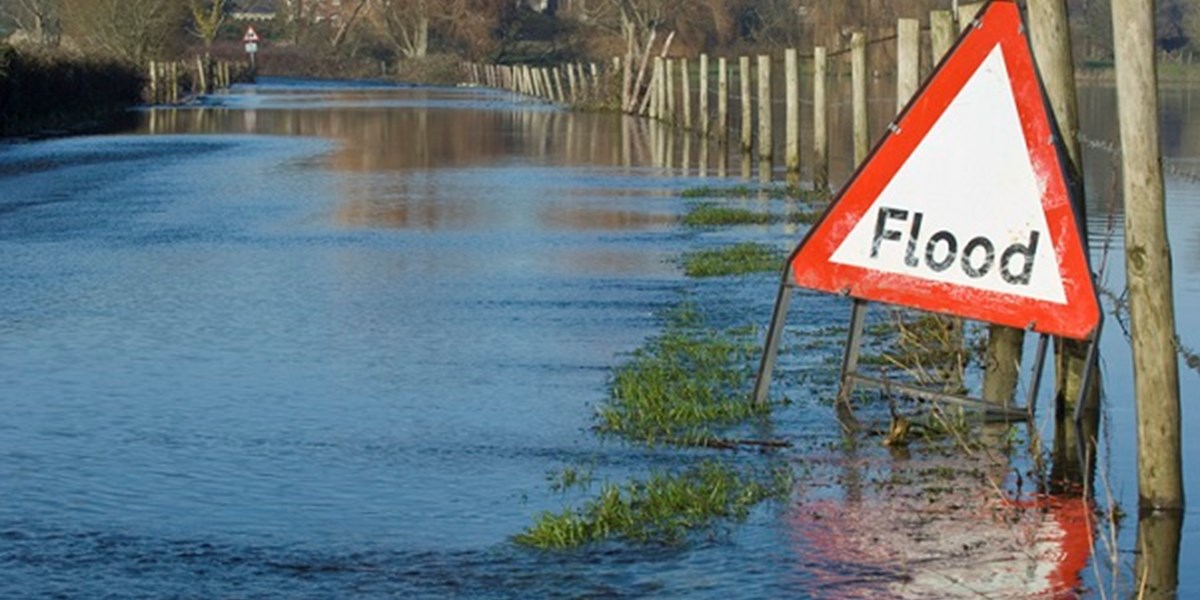
The UK Government has announced a £40 million investment in a research network and data bank to provide warnings of floods and other extreme weather events.
Science and Technology Secretary Peter Kyle said the Floods and Droughts Research Infrastructure, led by the Natural Environment Research Council (NERC) and the UK Centre for Ecology and Hydrology, will be the first UK-wide network focused on understanding the impact of extreme weather conditions.
It will use data from from internet of things (IoT) technologies and will be aimed at pinpointing where incidents are likely to occur, and helping bodies such as the Environment Agency and local authorities to limit their impact.
Researchers will be based at UK Centre for Ecology and Hydrology’s offices throughout Great Britain, with further input from the British Geological Survey, University of Bristol and Imperial College London.
The Department for Science, Innovation and Technology (DSIT) said that researchers will use technologies including sensors and real time computer monitoring, plus a huge bank of data including river profiles and near real time monitoring of information including on atmospherics, ground saturation, water movement, abstraction and storage. These can be combined to form a clearer impression of where and when extreme weather will strike.
Sharing findings
Findings from the project will be shared with key bodies like the Environment Agency to steer the UK response to extreme weather.
It will also act as a hub for researchers to pursue new innovations in the field.
Kyle said: “With climate change sadly making extreme weather events more common and adding an eye watering cost to the economy, there is no time to waste in backing our researchers and innovators to ensure we are better prepared for floods and droughts striking.
“This project will help drive that progress, with dedicated teams using the most advanced tech to crunch data gathered from our rivers and paint a clear picture of its likely impact – using the power of science and tech to keep the public safe.”
Floods Minister Emma Hardy said: “In the case of extreme flooding and drought, preparation and prediction are everything. Our new institute will bring together a team of world leading researchers and the latest technology to ensure our communities, businesses and farms are protected from these devastating events.”
Overcoming constraints
Executive chair of NERC, Professor Louise Heathwaite, said: “Earth’s changing climate means the number of extreme floods and droughts will increase in the UK, impacting homes, businesses and services. But predicting their location and measuring their intensity and impact needs the sort of scientific advances that this programme will bring to overcome the data and analytical constraints that are currently very challenging.
“The project will transform the way we understand the impact of these events by building a significant bank of data and improving our monitoring capability, and so helping to protect those affected.”
A further £1.2 million of funding from the Engineering and Physical Sciences Research Council will go towards a three-year project to slash the time and cost involved in running computer models of projected flooding out to the year 2100.
DSIT said this will enable detailed assessments of a much wider range of potential scenarios than currently possible, taking into account the nature and extent of the impact on extreme weather in these areas, informing solutions much better matched to the specific needs of different parts of the UK.





